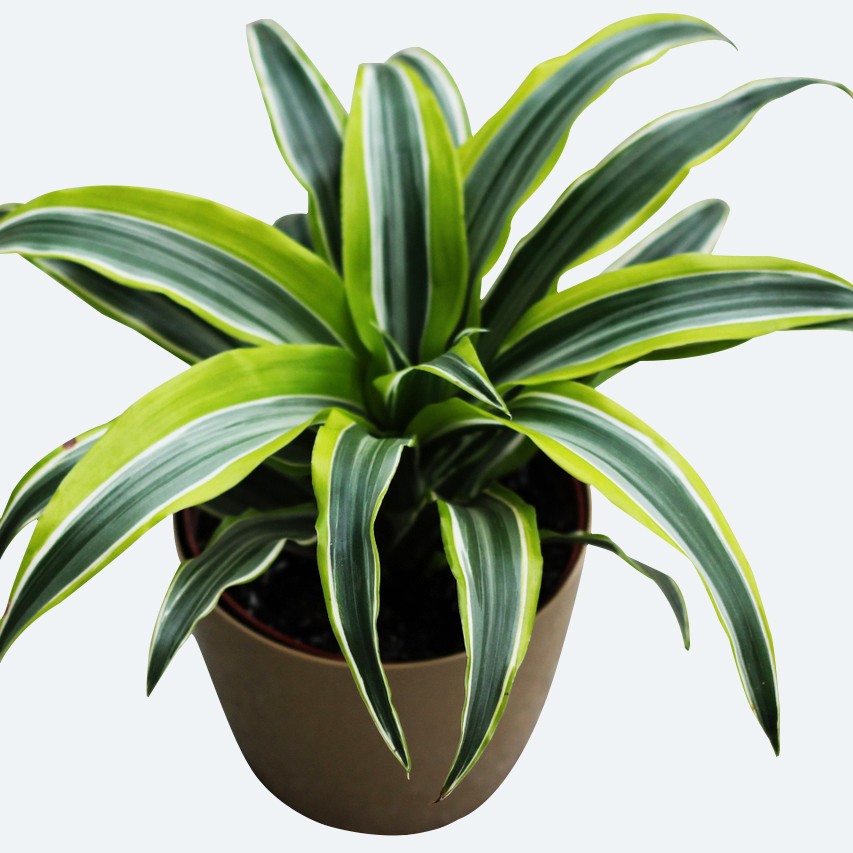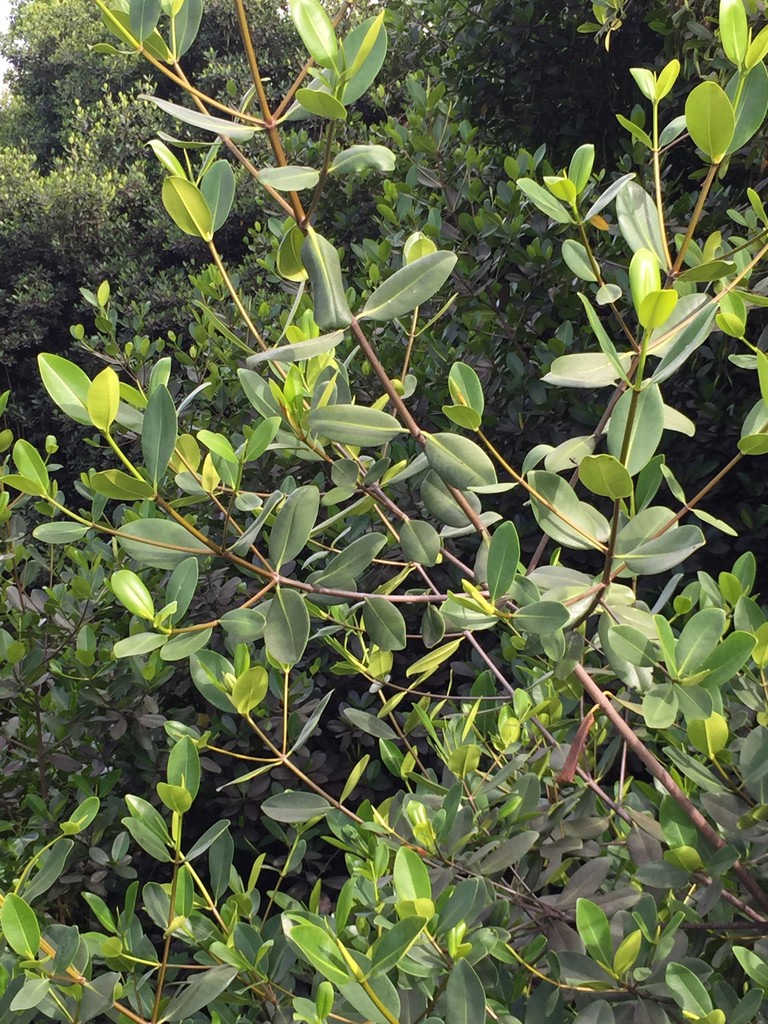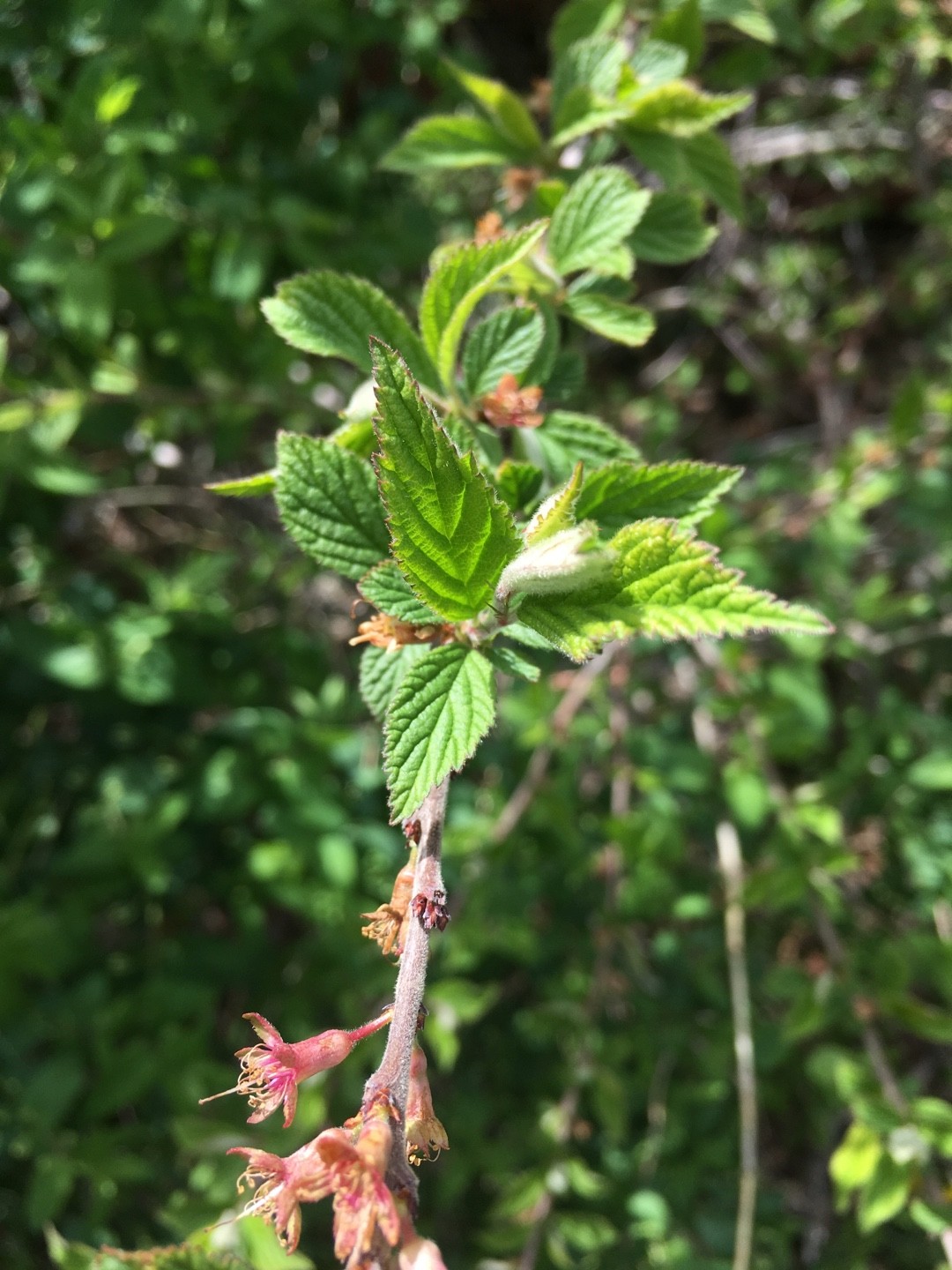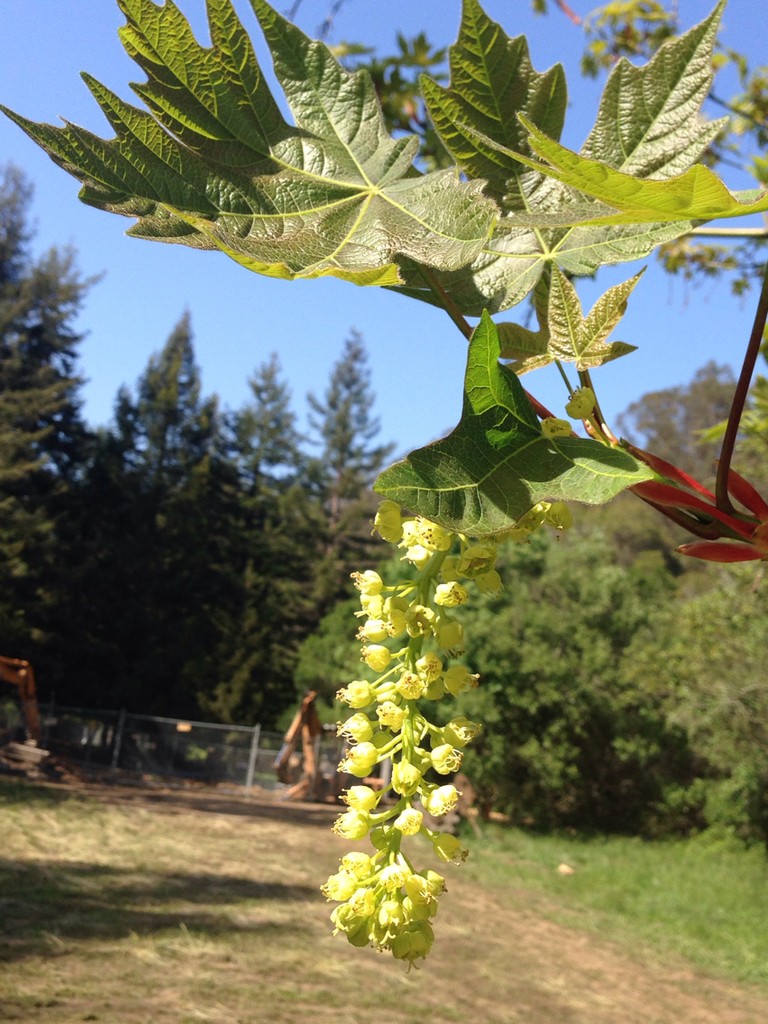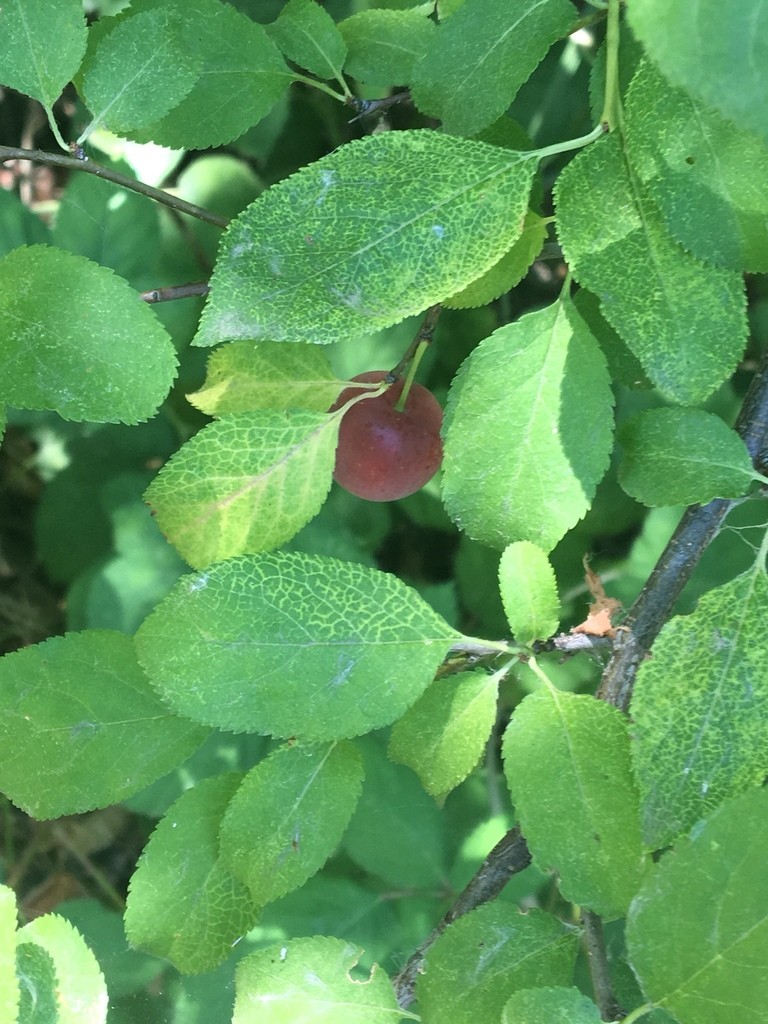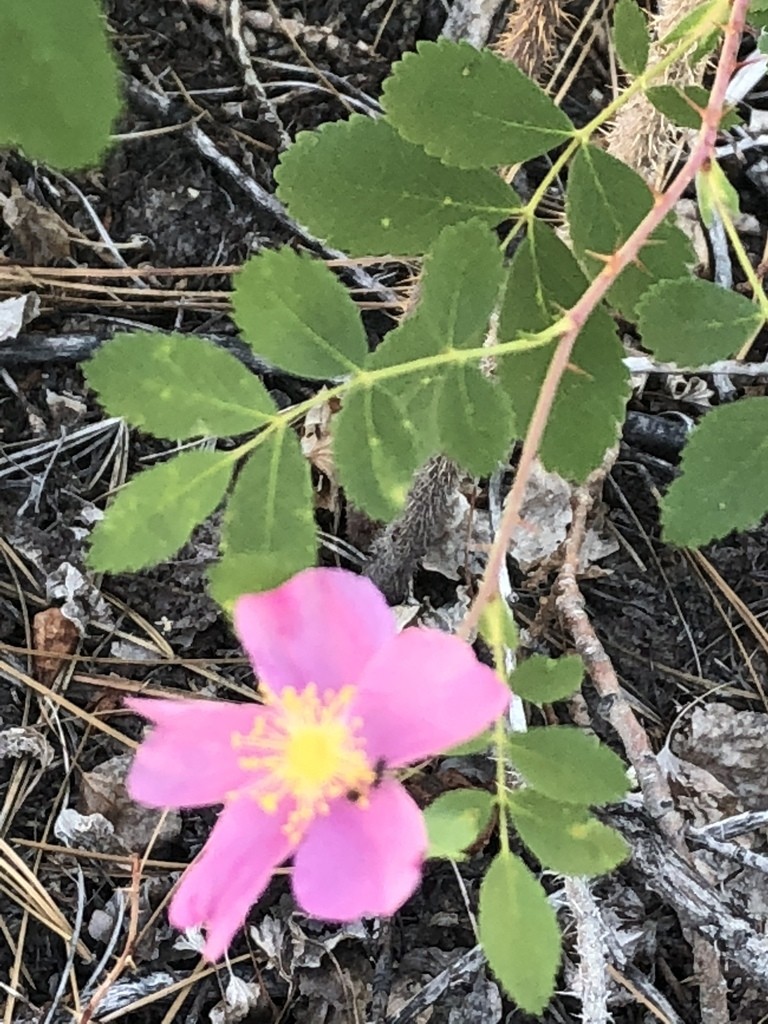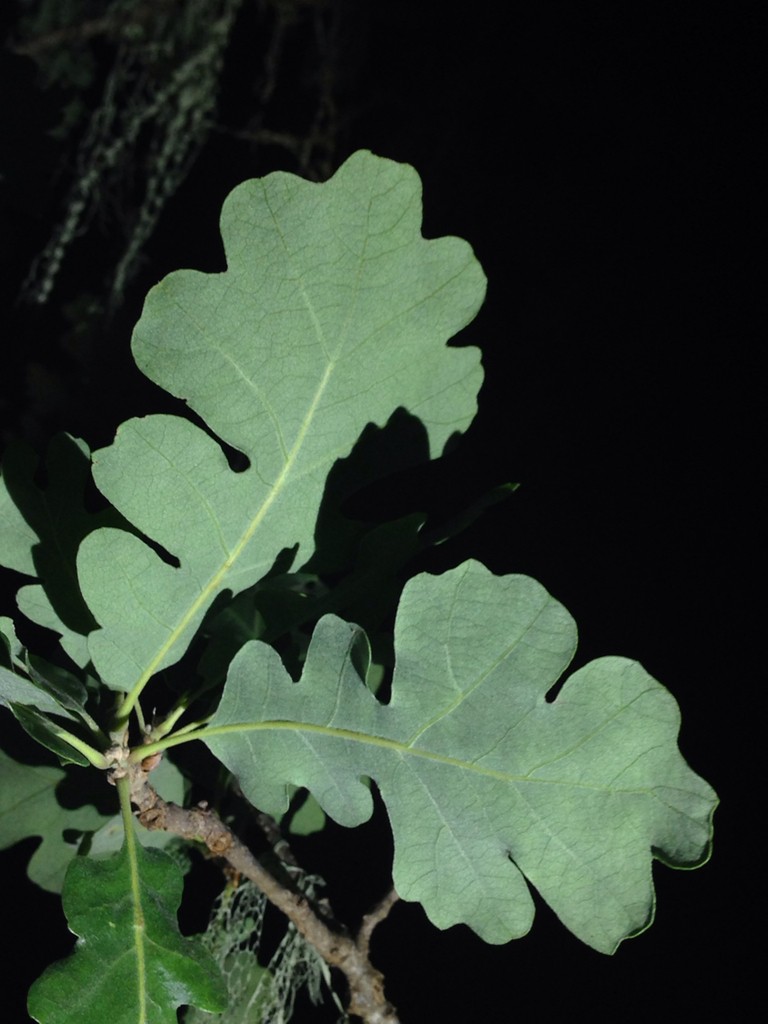Chenopodium candolleanum subsp. candolleanum
Chenopodium candolleanum subsp. candolleanum is a hardy flowering annual with a bushy growth habit, typically found in disturbed soils. Its green, diamond-shaped leaves are slightly succulent, signaling its drought-resistant nature. In summer, chenopodium candolleanum subsp. candolleanum displays spike-like clusters of tiny, inconspicuous flowers adapted for wind pollination. This subspecies has a resilient constitution, often thriving in nutrient-poor, sandy environments.
























